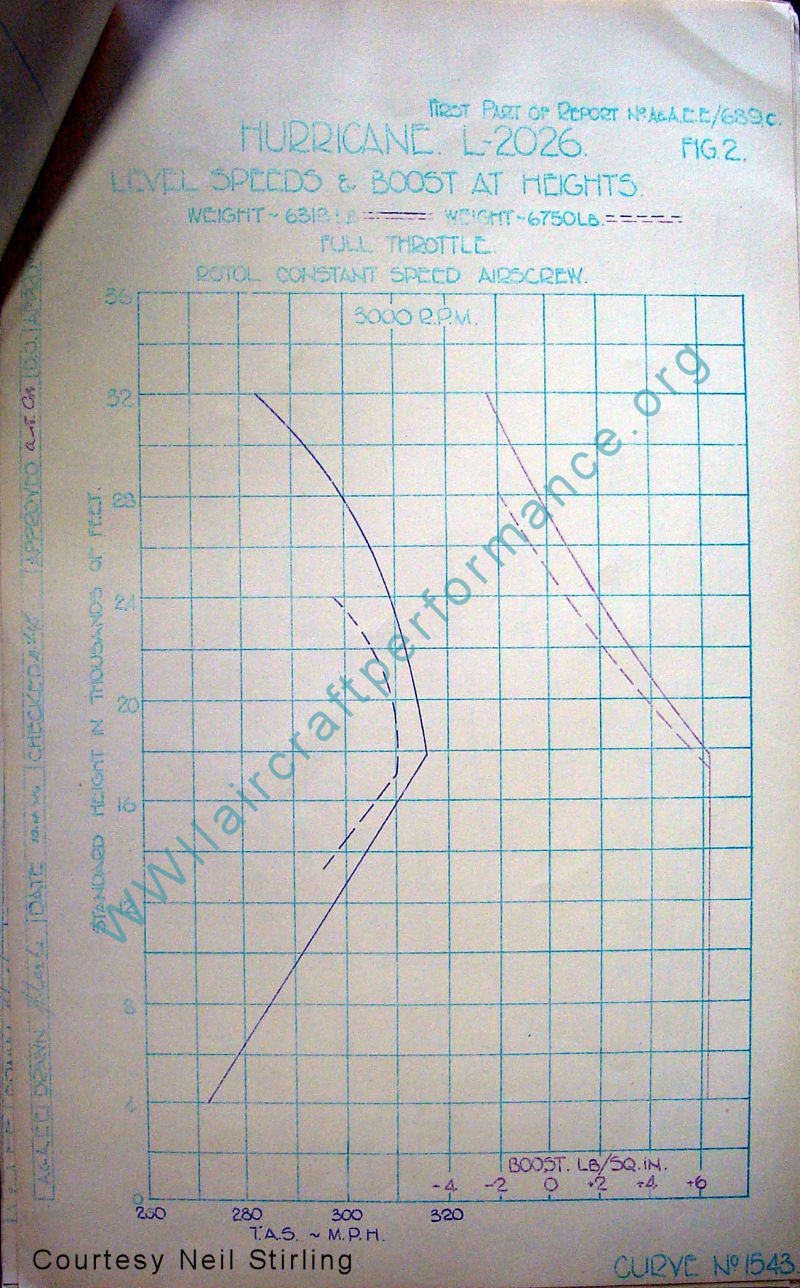
 |
|
#61
|
||||
|
||||
|
Quote:
__________________

|
|
#62
|
|||
|
|||
|
Quote:
I wonder if they will bodge it? |
|
#63
|
|||
|
|||
|
Quote:
FTH 15500ft 2700 rpm +6.1psi 235mph@15500 ft = 305mph TAS I rechecked the Spit I and Spit II again got exactly the same values before except I found out at 2700rpm the engines were fine and 2800rpm the engines blew. Speed didn't change though. |
|
#64
|
||||
|
||||
|
Quote:
225mph EAS * .869 = 195.525 KEAS EAS * SMOE = TAS 195.525 KEAS * 1.27105 @ 15500 feet = 248.5KTAS 248.5KTAS * 1.15 = 285.8mph TAS However that is all nonsense as the conditions in the summer of 1940 were not a standard day. Your density altitude is actually much higher than standard in the game. That means you will see reduced Indicated airspeeds over the data converted to standard at the same altitude. Your TAS will be higher because the Standard Means Of Evaluation increases with altitude. To calculate for the actual conditions in your game you need some atmospheric information: Temperature Pressure density dewpoint spread At a minimum you can need pressure and temperature to approximate the density altitude. You should be able to get both from aircraft cockpit instruments. Many airplanes have an OAT or outside temperature gauge and you have to set your altimeter to the pressure. |
|
#65
|
||||
|
||||
|
Quote:
|
|
#66
|
||||
|
||||
|
Quote:
If it is this: http://www.spitfireperformance.com/n3171.html Then you are not at the same engine settings as this data. This data is 6.5lbs @ 3000 rpm at 16,500 feet. Unfortunately we only have the one airplane and not Supermarines mean with a percentage variation. If you look at this test: Quote:
BTW, running a propeller at a higher rpm on a hot day at high altitude does not mean the airplane will go faster. Usually it will go slower than it will at a lower rpm. On that report, the data is only between 7% to 5% off from the reported figures at the lower rpm. We don't know the weights, so the data could be spot on or it might be off. In order to make a definative statement we need: 1. Atmospheric conditions 2. Speed at same engine settings 3. weights of the aircraft |
|
#67
|
|||
|
|||
|
Quote:

Last edited by Seadog; 05-24-2012 at 12:27 AM. |
|
#68
|
|||
|
|||
|
The B6 data was that posted by B6 (1c representative) about the post-beta patch CloD performance in this thread (i.e. sim not historical data):
http://forum.1cpublishing.eu/showthread.php?t=31450 Quote:
Quote:
Rotol Hurri = 235mph IAS@15500 ft My calculation (2% rough rule) gives 305mph TAS, your calc gives 286mph. Thanks for providing a more rigorous calculation. I actually hadn't checked whether how the Hurri compares at height to the B6 data and RAE Hurri tests, I just did a quick offline Hurri sim test in response to a question from Kwiatek...sounds like from your analysis it is not too bad. Earlier I was referring to the Spit and 109 data which (for Spits) showed TAS at FTH being too low for both the B6 data (hence what 1c intended the patch to allow) and historical RAE tests. The 109 is pretty good at height according to my 2% rule calc (i.e about the average Messerchmitt guaranteed spec). It might drop under with your calc method, I guess an important consideration is what are the equations in the simulation of how IAS and TAS relate. Cheers, camber P.S I should note my IAS speeds at height are from offline, and Snapper has noted some oddities and discrepencies for the SpitII between online and offline Last edited by camber; 05-24-2012 at 02:15 AM. |
|
#69
|
||||
|
||||
|
Quote:
Quote:
What rating did you climb and did you allow the temperature to recover after climbing? Climbing is the hardest thing you do to an airplane engine. Quote:
Do you understand the conversation Seadog? I really don't think so but rather feel the need to comment because you somehow believe I am a threat to your favorite gameshape. My suggestion would be to learn about how aircraft perform and put your pointy tin foil hat aside. Last edited by Crumpp; 05-24-2012 at 02:58 AM. |
|
#70
|
|||
|
|||
|
Quote:
B) Boost at height is related to engine RPM and there's no way that 2700 rpm at an altitude/pressure altitude of more that 16500 ft would permit 6.25lb boost to be attained - another flaw in the simulation. I am rather shocked that you don't know that. Maybe you should have considered these points. I know you admire the RR Merlin very much but you need a better understanding of it's capabilities. |
 |
|
|